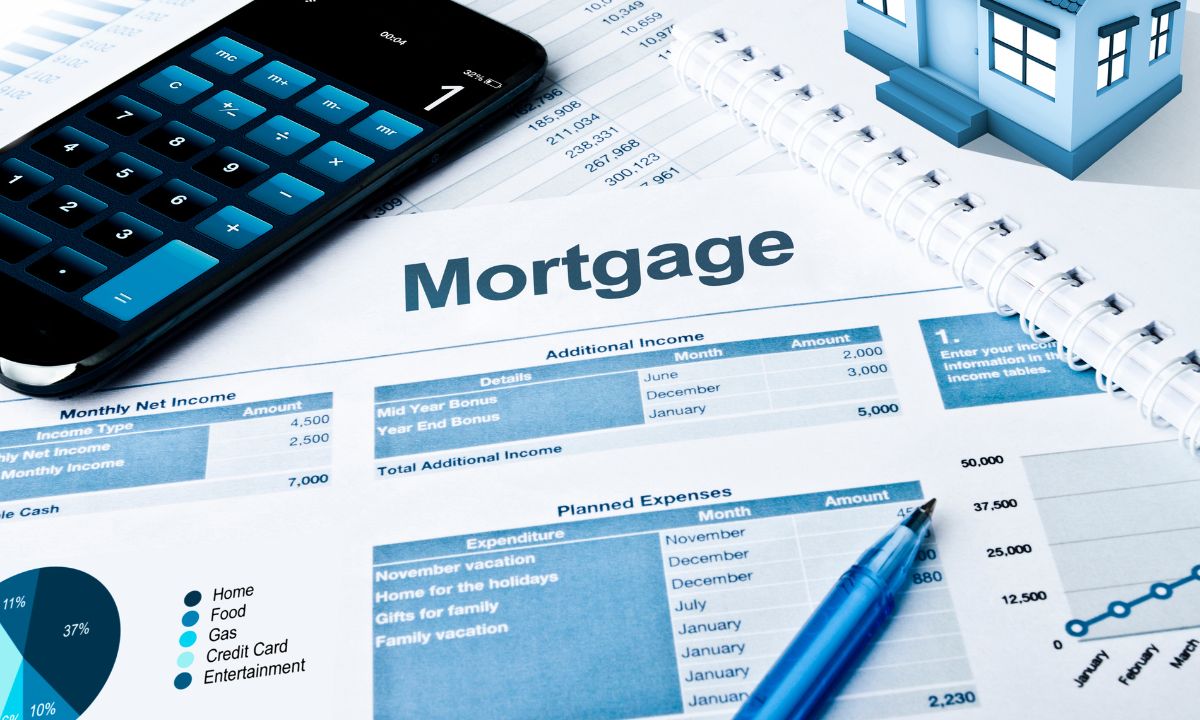 Life can be unpredictable, and financial difficulties can arise when least expected. Whether due to job loss, medical expenses, or unforeseen circumstances, falling behind on mortgage payments can be a stressful experience for homeowners. This guide will help you understand the steps to take if you’re struggling to keep up with your mortgage payments.
Life can be unpredictable, and financial difficulties can arise when least expected. Whether due to job loss, medical expenses, or unforeseen circumstances, falling behind on mortgage payments can be a stressful experience for homeowners. This guide will help you understand the steps to take if you’re struggling to keep up with your mortgage payments.
1. Communicate With Your Lender Early
The first and most important step when facing mortgage payment difficulties is to reach out to your lender as soon as possible. Many borrowers delay contacting their lender, hoping their financial situation will improve. However, the sooner you inform your lender, the more options you may have.
2. Explore Mortgage Forbearance Options
One option for homeowners facing temporary financial hardship is mortgage forbearance. This allows you to temporarily pause or reduce your mortgage payments for a specific period. During forbearance, your lender agrees not to pursue foreclosure, giving you time to get back on your feet financially.
It’s important to understand that forbearance is not loan forgiveness. You will still owe the missed payments, which will need to be repaid once the forbearance period ends. However, repayment plans vary, and some lenders may offer options such as:
- Full Repayment at the End of Forbearance: The total amount of missed payments is due in a lump sum.
- Monthly Payment Increases: Missed payments are spread out over a set number of months, added to your regular mortgage payments.
- Loan Extension: The missed payments are added to the end of your loan term.
Forbearance can be a good option for homeowners dealing with short-term financial setbacks, but it’s important to work closely with your lender to understand the terms and repayment obligations.
3. Consider Loan Modification
For homeowners facing long-term financial difficulties, a loan modification may be a more suitable option. This involves altering the terms of your mortgage to make the payments more manageable. Loan modification options may include:
- Lowering the Interest Rate: Reducing the rate can lower your monthly payments.
- Extending the Loan Term: Lengthening the loan term (for example, from 20 to 30 years) can reduce your monthly payment, though it may result in paying more interest over time.
- Switching to a Fixed Rate: If you have an adjustable-rate mortgage (ARM), switching to a fixed-rate mortgage can provide more predictable payments.
A loan modification is a permanent change to your mortgage terms, so it’s essential to fully understand the impact on your loan before agreeing to the modification.
4. Refinance Your Mortgage
If you’ve experienced a financial setback but are still in relatively good financial standing, refinancing your mortgage may be an option. Refinancing allows you to replace your current loan with a new one, ideally with better terms, such as a lower interest rate or longer repayment period.
5. Investigate Government Assistance Programs
There are several government-backed programs designed to help homeowners in financial distress. Depending on your situation, you may qualify for assistance through programs such as:
- FHA Home Affordable Modification Program (HAMP): Provides loan modification assistance for homeowners with FHA loans.
- Veterans Affairs (VA) Loan Modification Program: Helps veterans and service members modify their VA loans to avoid foreclosure.
- Fannie Mae and Freddie Mac Assistance Programs: For borrowers with conventional loans owned by Fannie Mae or Freddie Mac, there are loan modification and forbearance options available.
- State Housing Finance Agencies: Many states offer programs to help homeowners who are struggling with mortgage payments.
These programs can provide valuable relief during financial hardship, so it’s worth exploring whether you qualify for assistance.
6. Look Into a Short Sale
If keeping your home is no longer a viable option due to significant financial hardship, you may want to consider a short sale. In a short sale, you sell your home for less than the remaining balance on your mortgage, and the lender agrees to accept the proceeds as full payment.
7. Consider Deed-in-Lieu of Foreclosure
Another alternative to foreclosure is a deed-in-lieu of foreclosure, where you voluntarily transfer ownership of your home to the lender in exchange for being released from your mortgage obligations. This option is usually considered a last resort if you’re unable to sell your home or qualify for other assistance programs.
8. Protect Your Credit
While dealing with mortgage payment hardships, it’s crucial to do everything you can to protect your credit score. Late or missed mortgage payments will be reported to the credit bureaus and can have a lasting impact on your credit report.
Mortgage payment hardships can be overwhelming, but there are options available to help you manage financial difficulties without losing your home. The key is to act quickly and communicate with your lender about your situation. Whether you pursue forbearance, loan modification, or government assistance, there are solutions to help you get back on track and protect your home.
 Construction loans and mortgages are two important tools in the world of real estate financing. They each have specific purposes and come with their own set of rules and requirements. These differences cater to various needs when it comes to buying or building properties.
Construction loans and mortgages are two important tools in the world of real estate financing. They each have specific purposes and come with their own set of rules and requirements. These differences cater to various needs when it comes to buying or building properties.